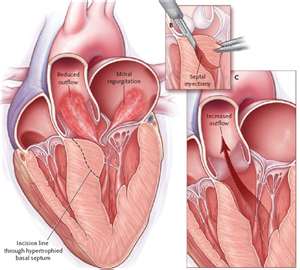
The heart often used as a symbol of love that is full of meaning. The heart is a masterpiece created by God to man, for free, or free, but its price is more expensive than all the treasure in the world we have.
In English, words that indicate the heart...


















